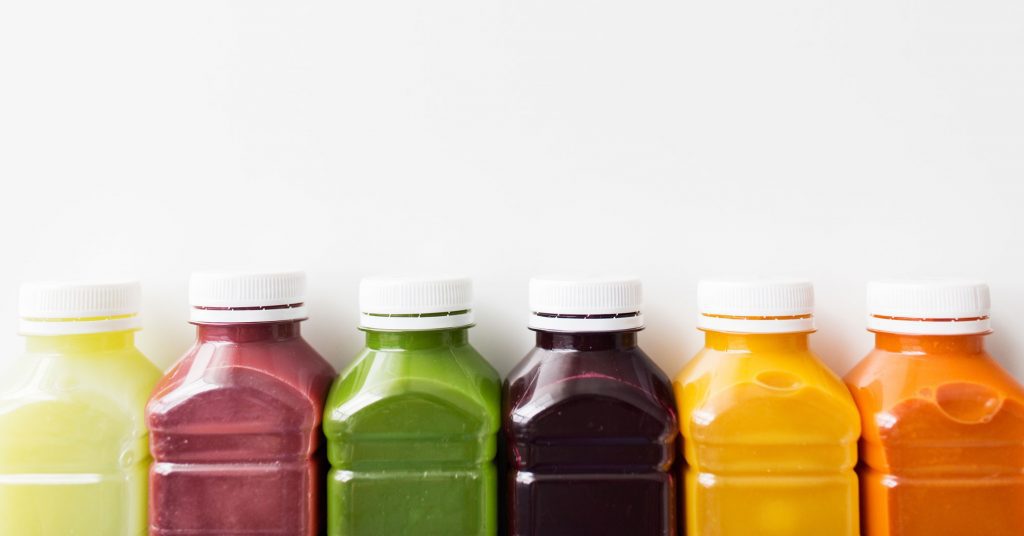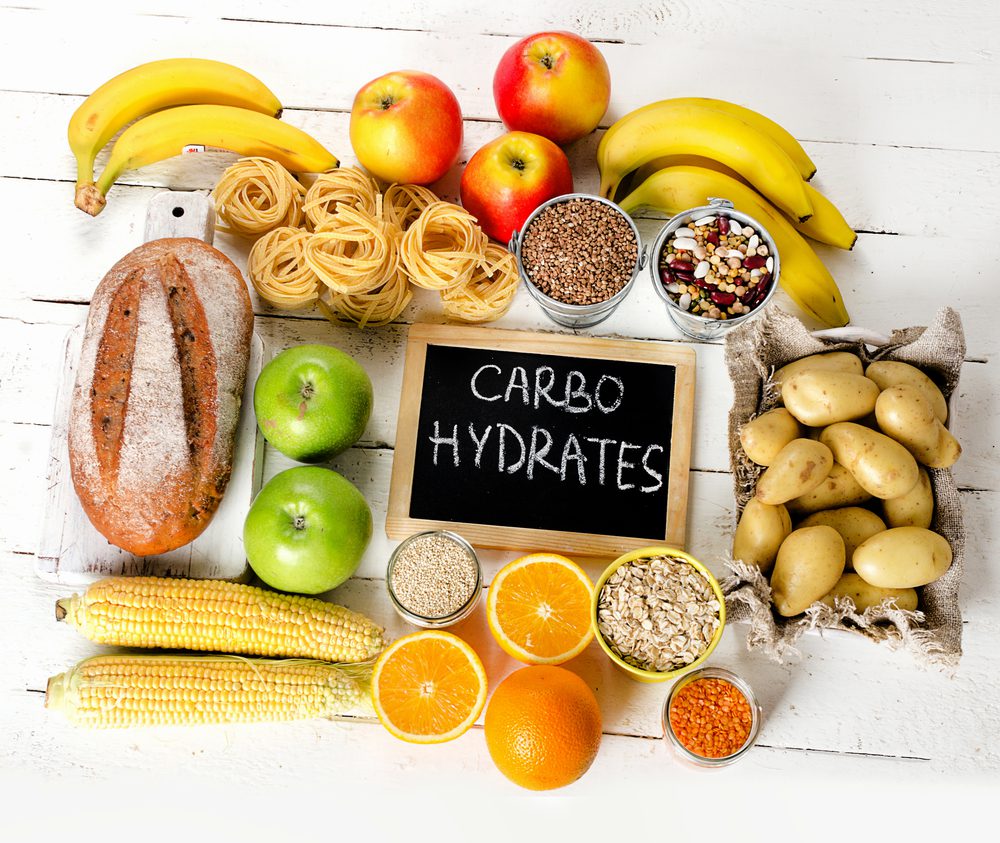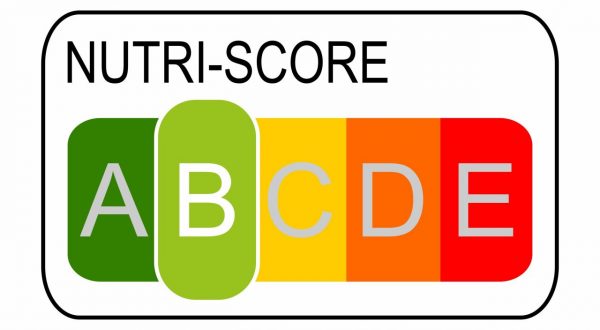
Keeping It Clean
Promoting your product as ‘clean’ taps into a dietary fad that has no clear boundaries, making it hard to define. When you combine this with the fact that the meaning of ‘clean’ changes depending upon the person you’re talking to, or that it has no basis in nutrition science, things start to get murky.
What then, does this mean for your product?
What is ‘clean eating’?
The umbrella definition of clean eating is understood by the consumer as anything from eating unprocessed, organic foods to something free of artificial ingredients, refined sugar, gluten, wheat or dairy. The challenging part for any product marketer is that the term is open to interpretation, and has the potential to confuse if the so-called ‘clean’ product’s attributes don’t match what the consumer has in mind. These views are not always supported by nutrition science and can lead to the unnecessary elimination of foods from the consumer’s diet, jeopardising their nutritional intake and health – the opposite of their intention.
The minefield of clean eating
As the term ‘clean’ has no grounds in nutrition science, there are no regulations governing its use on food labels or in advertisements. This means there are no rules around the attributes a product must have, to be able to carry such claims. Stating your product is ‘clean’ or has ‘clean ingredients’ is an easy yet scientifically meaningless proposition.
For this reason, building a brand on an unclear health trend without strong scientific evidence can be a minefield. Simply alluding to your product being ‘clean’ may seem like an easy solution, but the longevity of your brand and its reputation needs to be considered.
If you are a food business serious about health and nutrition the term ‘clean’ is best avoided. There are better ways to differentiate yourself.
Generic statements or clearly focused claims?
At the Food and Nutrition Conference and Expo last October, US dietitian Kris Sollid, from the International Food Information Council, discussed the clean trend from a dietary perspective. He talked about the multitudes of interpretations of ‘clean eating’ as a phrase and the inability for science to back such a generic term with so many personal interpretations. When you have a generic phrase as your product point of difference then you run the risk of other ‘me too’ brands crowding your market. After all, if it’s easy for you to add to your packaging, it’s easy for others as well.
Instead, a product marketer should put their focus back on their desired consumer, understand what they value, their health concerns and goals and reasons behind these. There is clear segmentation in this market – which should be every marketer’s dream, so by narrowing the focus on your product’s benefits and resisting the temptation to be ‘clean’, you can build a better, more resilient brand that’s underpinned by sound science.
How to create claim-based benefits and stand out
Once you’ve identified the hole in the market for a specific product that you would like to fill, make sure a qualified dietitian or nutritionist with a sound understanding of claims, is a part of that product development. Someone who has a good grasp of nutrition science, has a clear bearing on what can be taken as fact and can help to see it as a differentiator. Taking this slower, with a more strategic approach will ensure that the efforts you put into such differentiation allows you and your brand to become a market leader and will further reinforce the values and loyalty of your brand.






